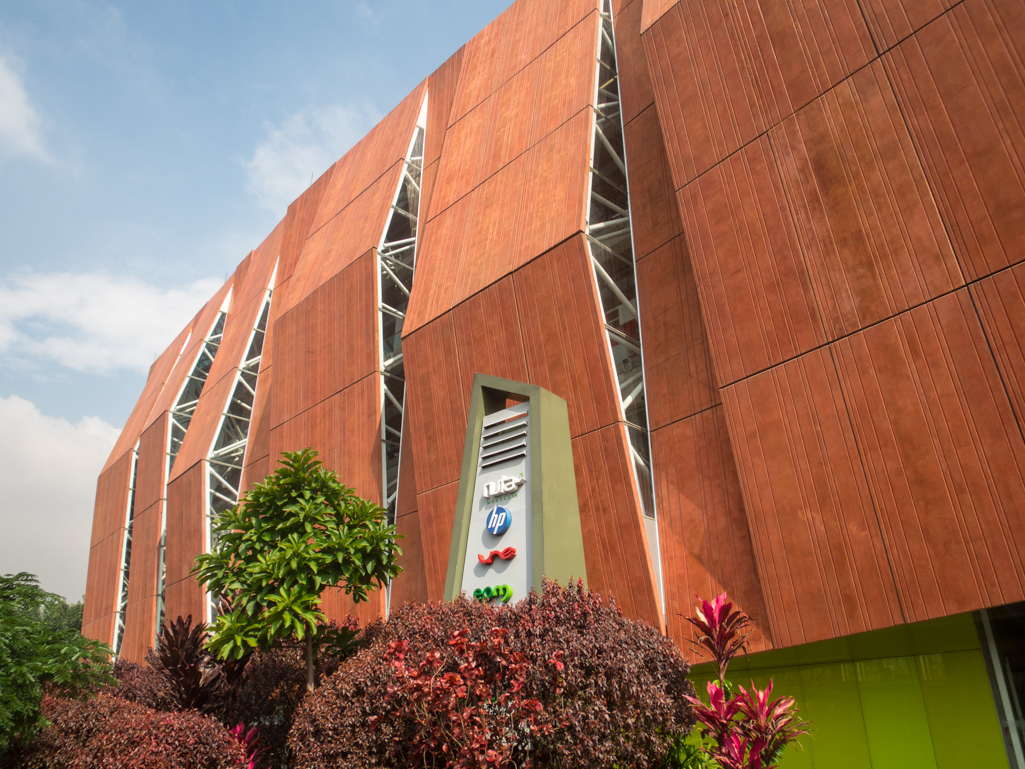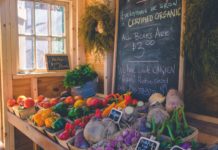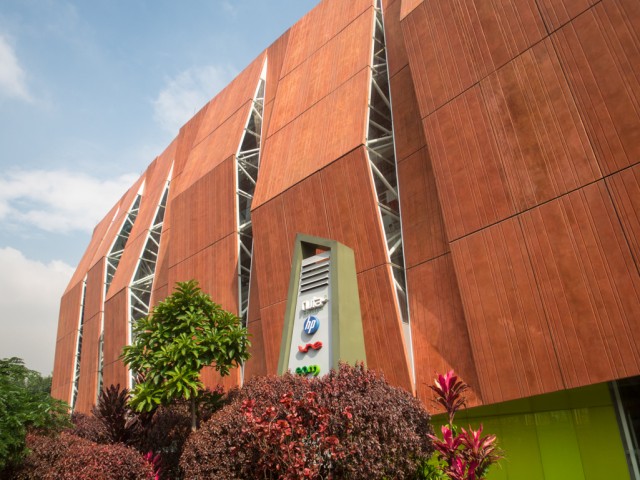
Late last November, my friend Leida invited me to learn more about social entrepreneurship in Medellín.
It was graduation day for two dozen projects, all of which had been participating in a multi-month accelerator program by Njambre, an Argentine company, at RutaN to build, refine and seek funding for their ideas.
Graduation day was the culmination of this process and would allow the project leaders to directly pitch their ideas to potential investors.
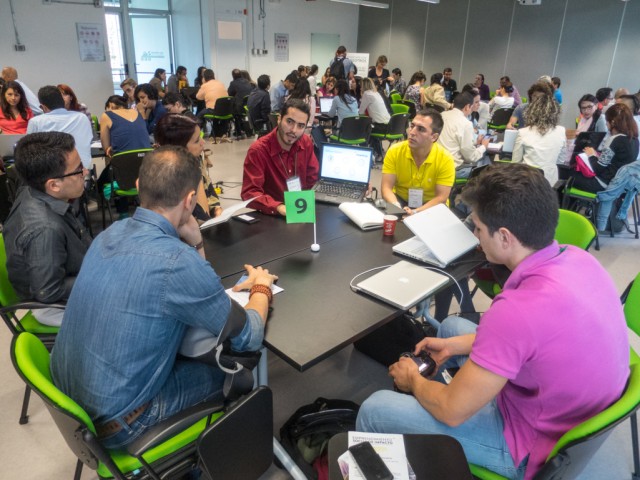
What is Social Entrepreneurship?
Social entrepreneurship was a new concept to me, as it may be for you, so let’s start with a definition.
According to Wikipedia, “social entrepreneurship is the process of pursuing innovative solutions to social problems. More specifically, social entrepreneurs adopt a mission to create and sustain social value.
They draw upon appropriate thinking in both the business and nonprofit worlds and operate in a variety of organizations: large and small; new and old; religious and secular; nonprofit, for-profit, and hybrid.”
All of the projects represented that day were looking to solve social problems in Medellín by applying a business mindset.
The room was set up with nine tables, and there were two to three projects represented at each table.
Once the guys from Njambre said a few words about the program, investors made the rounds to the various tables to learn more about the projects from their creators.
For example, Dispara Esa Camara provides free cameras and training to young people in low-income barrios so that they can document daily life there. Their goal is to make money through commercial sales, and thus be able to share proceeds with the photographer.
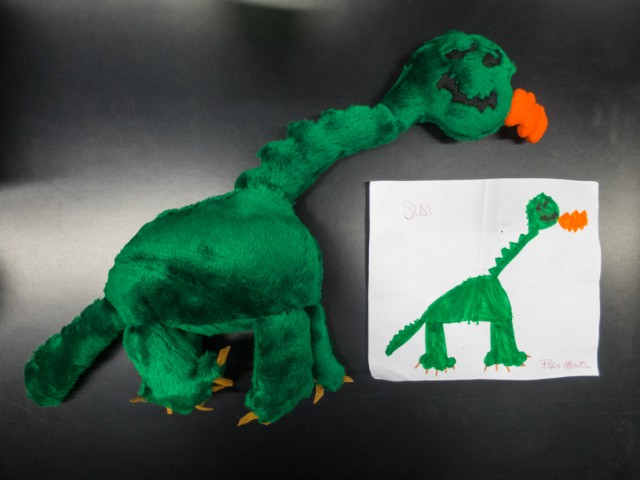
Introducing Dibujaguja
What I didn’t know before arriving at RutaN that day was my friend’s involvement in one of the projects, Dibujaguja.
Dibujaguja is a social project to help the child victims of armed conflict and those with terminal illnesses learn to believe in their dreams again, while at the same time providing employment to low-income women.
As Leida explained to me, the children (most likely from Hospital Infantil San Vicente Fundación) are asked to draw something they would like to see in the world.
These drawings and money for supplies are then given to women in the neighborhood of Altos de la Torre.
The women purchase the supplies necessary to sew, by hand, a softie (doll) representing the child’s image. They do their best to stay true to the original drawing, which is why the softies are all one-of-a-kind.
Once the softie is constructed, the parent(s) of the child are then able to surprise their son or daughter with it.
Leida had brought a sample of children’s pictures and the associated dolls. The dragon was my favorite, but she held up another which was her favorite. The child had died before she’d had a chance to see the doll crafted from her drawing.
The initial inspiration for Dibujaguja came from Canadian artist Wendy Tsao, who first created a doll in this manner from her child’s drawing. Dibujaguja turns the concept into a social project by employing low-income mothers to create the dolls for vulnerable kids.
Dibujaguja is still a project, not a company nor NGO. The biggest challenge they face right now is raising money to reinvest in the project.
Creating the softies by hand requires more time and limits their ability to scale production. Sewing machines, for example, would speed up the process, and thereby allow them to help more children, which can allow them to employ more women.
That said, people can help it grow today in two ways.
1. The first option is by sponsoring one of the children. In this case the donor would receive pictures or videos of the drawing(s), the softie(s) and the sponsored kid(s). If you want to receive a doll as well, you must pay for it too.
2. By buying a softie for your own kids. In this case, you must send the drawings to dibujaguja@gmail.com
The prices vary according to the size of the doll:
- Small – 80,000 pesos
- Medium – 100,000 pesos
- Large – 120,000 pesos
Clients must pay shipping too, and all payments must be done in advance. For now, all payments should be made to Leida’s personal account through electronic transfer only:
Cuenta Ahorros – Bancolombia: 1097 510 4516 a nombre de Leida Tule Tejada Díaz
For larger donations, contact Leida [leidatule (at) gmail.com] or Alvaro, the project’s founder [alvaro (at) projimo.co]. In this case, an agreement would need to be made with an NGO in order for Dibujaguja to provide a donation certification.
Social entrepreneurism offers a midpoint between businesses which tend to focus on money over community and non-profits, which are constantly chasing dollars in order to fulfill their goals.
The sweet spot is a self-sustaining business with a community focus and I have a feeling we’ll be seeing a lot more of these projects in the years to come.

